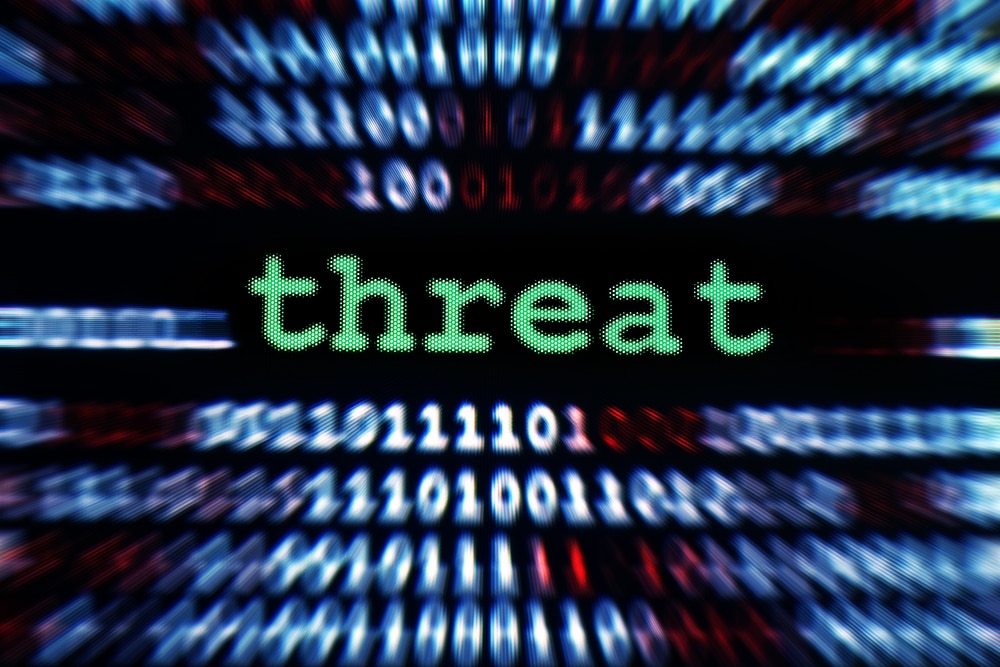
Two-thirds of UK business leaders expect more cybersecurity threats
Around two thirds (66 percent) of UK business leaders expect the threat from cyber criminals to increase over the next 12 months, according to the latest PwC cybersecurity survey of business and technology executives.
In the past year ransomware has had a significant impact on organizations already dealing with the challenges posed by the Covid pandemic, and 61 percent of executives expect to see an increase in reportable ransomware incidents in 2022.

Using AI to deal with ransomware attacks [Q&A]
Ransomware is a particularly heartless -- though undeniably lucrative -- endeavor. Criminals target schools, vital infrastructure, and even patient records in attempts to cash in. As a result, many security professionals put defensive ransomware strategies at the top of their to-do list.
Understandably, most of these strategies start with measures that minimize the footholds attackers can find. Checking inbound emails for ransomware payloads, giving users training on safe internet usage, and monitoring the network for suspicious activity are essential elements of an effective anti-ransomware strategy.
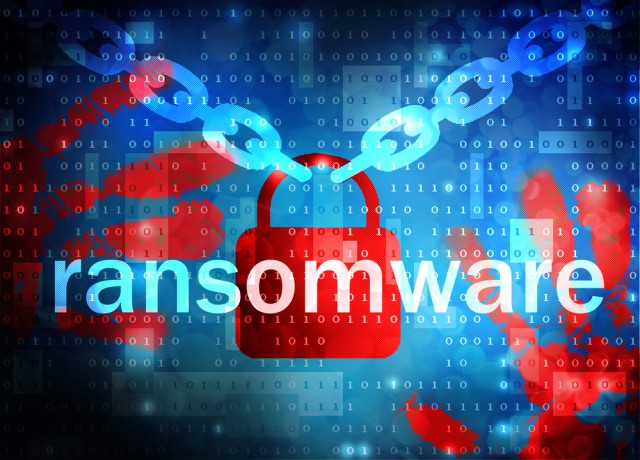
Enterprises unprepared for ransomware attacks over weekends and holidays
A lack of preparedness for ransomware attacks on weekends and holidays has a significant impact on victim organizations according to a new report.
The study from Cybereason shows 24 percent of companies have no security plan for holidays and weekends and 43 percent say that attacks at these times take longer to stop.
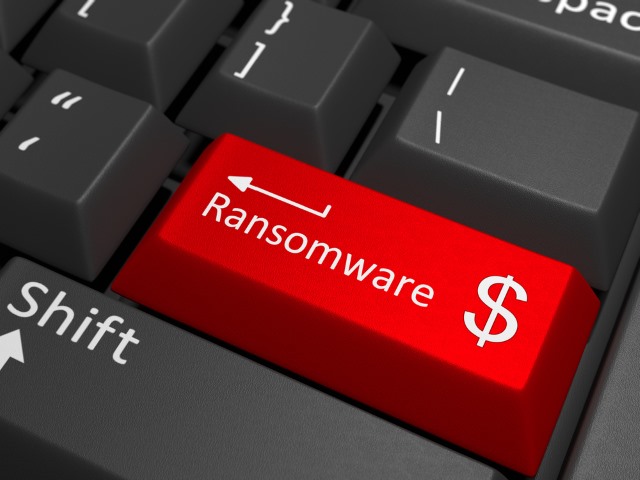
Ransomware groups grow in sophistication and volume
New research from security automation specialist Ivanti shows that ransomware groups are continuing to grow in sophistication, boldness, and volume, with numbers up across the board since the beginning of 2021.
The report, produced with Cyber Security Works and Cyware, reveals that the last quarter has seen a 4.5 percent increase in CVEs associated with ransomware.

Adopting a new cybersecurity mindset on the road to recovery
It is no secret that ransomware has been on the rise in the last 12 months. In fact, the UK has been ranked number 10 on the list of countries worst affected by ransomware in a new report commissioned by Google.
Just days after the publication of Google’s research findings, Lindy Cameron, who heads up UK’s National Cyber Security Centre (NCSC), warned that ransomware now presents "the most immediate danger to the UK” and went on to note that despite the increasing volume of attacks many organizations have no incident response plans in place and rarely test their cyber defenses."

Most businesses feel they can't fully prevent ransomware attacks
Only 45 percent of respondents to a recent survey believe it is currently possible to prevent all malware threats from infiltrating their organization's network.
The survey from Deep Instinct does show some longer term optimism though. 66 percent of respondents believe it may be possible to prevent all malware threats from infiltrating their organization's network in the next two to five years.
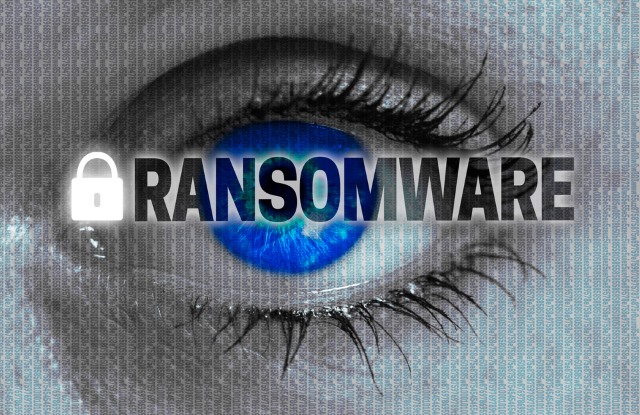
Protecting your business' legacy systems from ransomware attacks
Despite the significant shift and adoption of new technologies over the past few years, many businesses still rely on legacy infrastructure. Legacy servers are often still in operation because they are far too critical, complex, and expensive to replace. Famous examples include Oracle databases running on Solaris servers, applications using Linux RHEL4, or other industry-specific legacy technology.
Although critical to the business, these legacy systems can increase a company's risk -- gaining access to just one unpatched legacy device can be relatively simple for cybercriminals. Once inside, said criminals will move laterally to gain a deeper foothold inside the network and deploy more significant attacks.

Revealing the industries most hit by ransomware
New research from cloud encryption specialist NordLocker looks at which industries are the most popular targets for ransomware, analyzing 1,200 companies hit by 10 infamous ransomware gangs in 2020 and 2021.
Perhaps surprisingly the construction sector tops the list with 93 attacks, followed by manufacturing on 86, finance on 69, healthcare on 65, and with education rounding out the top five on 63.

Counting the cost of ransomware
Ransomware attacks have surged recently and the disruption they can cause to the operation of a business can cost many times more than the ransom.
Education website Cyber Security Degrees has produced an infographic looking at the impact of ransomware and at how businesses can protect themselves.
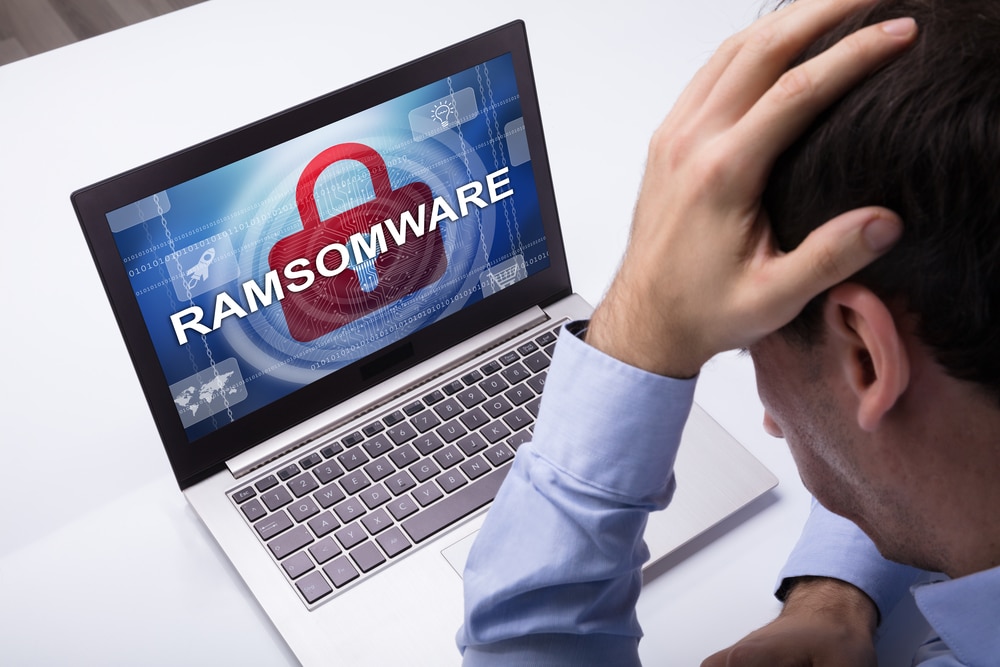
How cloud-based file systems can protect your business from ransomware
Ransomware has rapidly become the number-one cyber threat, with attacks becoming more numerous and aggressive -- a trend that’s not likely to change anytime soon. According to a report from SonicWall, during the first half of this year, ransomware attacks in Europe climbed an astonishing 234 percent compared to 2020, while U.S. incidents soared by 185 percent. Worldwide attacks weren’t far behind, up 151 percent from the same period the year before. The attackers are equal-opportunity criminals, striking organizations of all types and sizes nearly every week.
There are several reasons for the steep and steady increase. The surge in remote workers using poorly protected home systems and networks has created many more opportunities for hackers. At the same time, the growing use of cryptocurrencies has made it easier to extort payment. Emboldened by these trends, cybercriminals are becoming more aggressive, threatening to publish sensitive data if targets refuse to fork over the ransom. They’re also demanding more money; research from Unit 42 puts the average ransom payment in 2021 at almost double the prior year.

Cyber insurance ransomware claims decline but costs remain high
Research from commercial insurance provider Corvus reveals that the cost of ransomware to businesses remains high.
Ransomware claims that resulted in payments to fraudsters are down though, mostly due to improved backup processes and greater preparedness. In the third quarter of 2020, 44 percent of ransomware claims involved a successful payment, but that decreased to just 12 percent by Q3 of this year.

How to get your business ransomware ready [Q&A]
Taking proactive measures like updating and patching systems promptly and undertaking penetration testing improves the ability to withstand a targeted attack.
But when security teams are flooded with non-critical alerts 'vulnerability fatigue' can set in. We spoke to Amitai Ratzon, CEO of penetration testing specialist Pentera, to find out how enterprises can avoid this and improve their ransomware readiness.
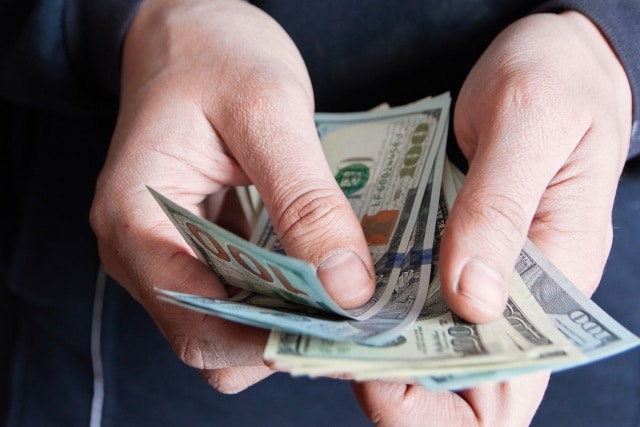
80 percent of CISOs will consider paying a ransom to recover data
A new survey of more than 250 CISO reveals that more than half have been hit by ransomware in the past year, with 69 percent saying it is likely they'll be successfully attacked at least once in the next year.
Those who were successfully hit by ransomware are more inclined to pay up, with 65 percent actually doing so. However, full recovery of data occurred only 55 percent of the time. When asked about willingness to pay, 13 percent say they definitely would, but only 20 percent say they definitely wouldn’t.
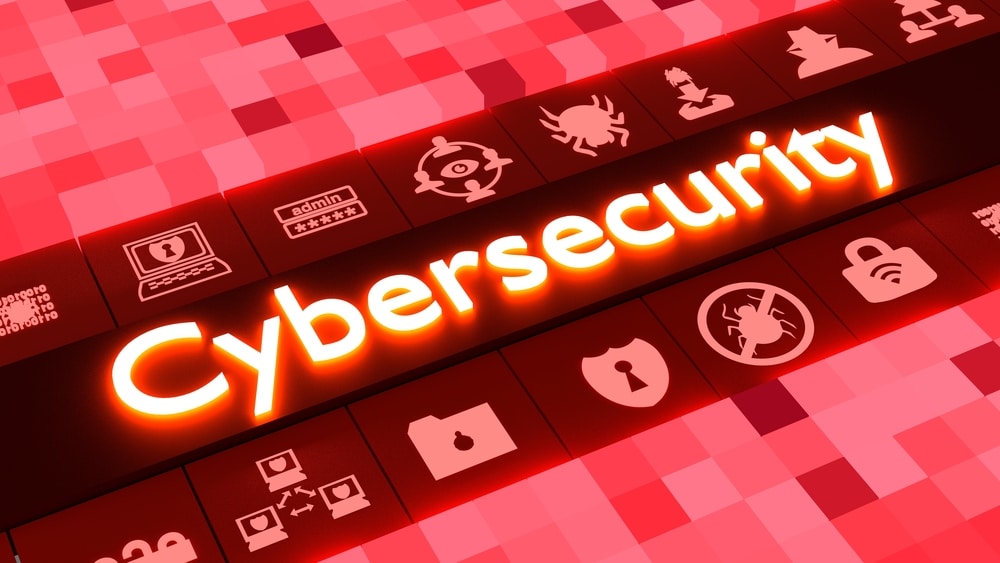
Industry leaders comment on Cybersecurity Awareness Month
Most things have a day or a week or a month nowadays, and as you're reading a tech news site it probably hasn't escaped your attention that October is Cybersecurity Awareness Month.
But just in case you missed it in all of the Windows 11 excitement, here's a round up of what some leading industry figures have to say on cybersecurity, and why we need to be aware of it.

Majority of AWS accounts are vulnerable to ransomware
As more data moves to the cloud, platforms like AWS are becoming an increasingly attractive target for ransomware operators.
A new study by cloud infrastructure company Ermetic finds that 70 percent of environments studied had machines that were publicly exposed to the internet and were linked to identities whose permissions could be exploited to allow the machines to perform ransomware.
